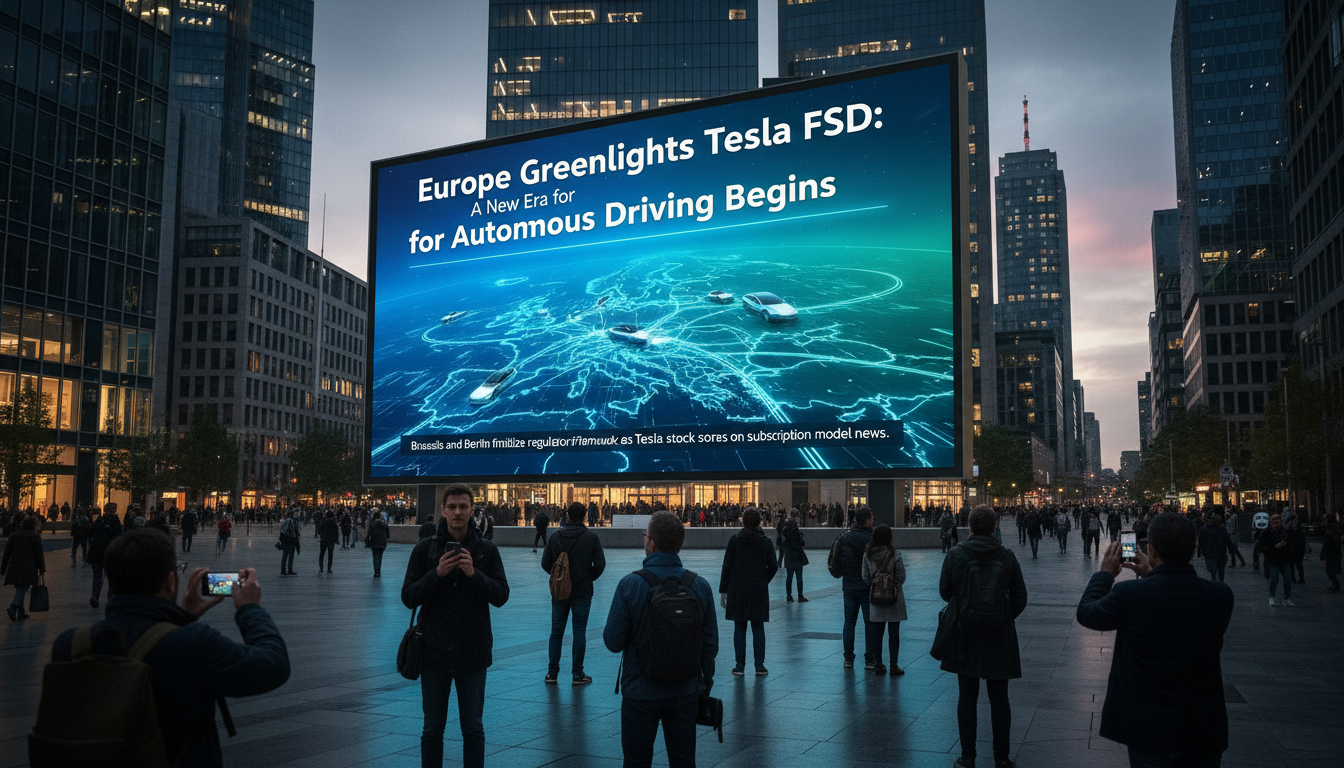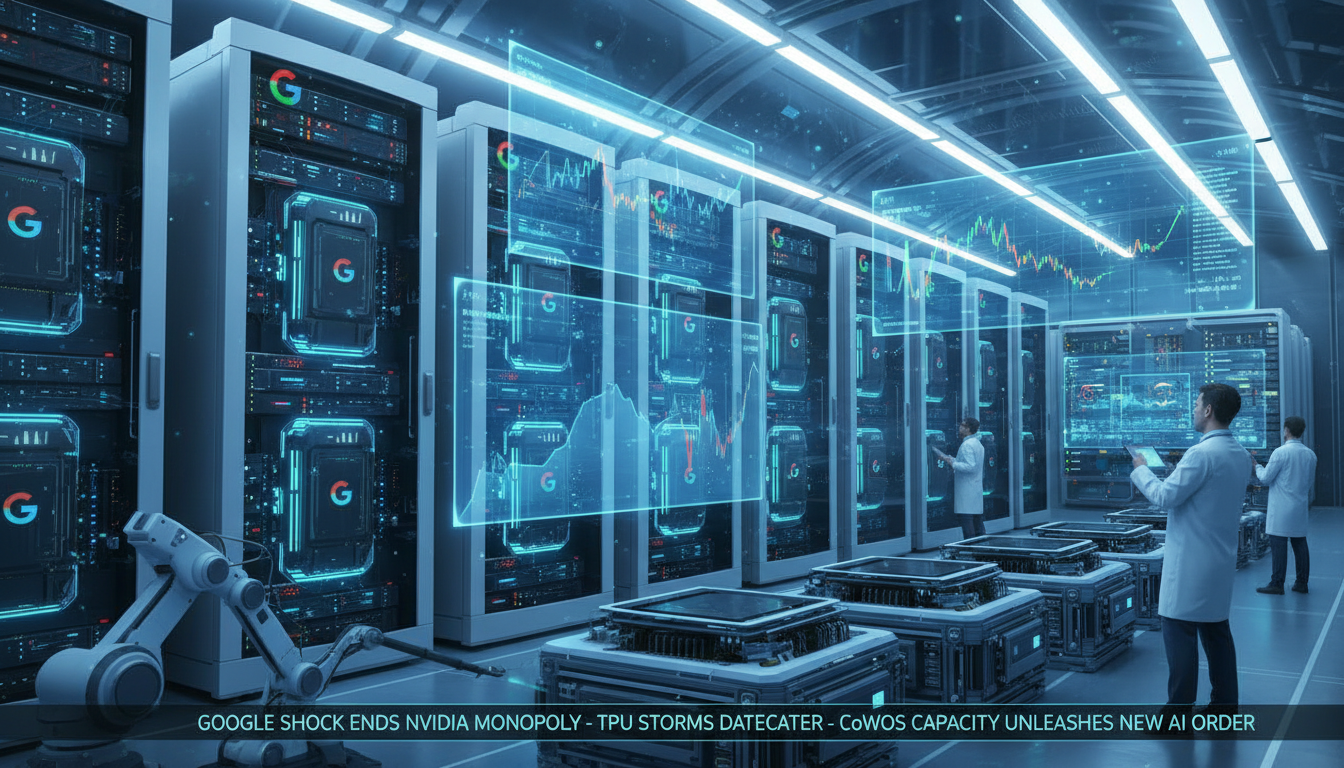● KOSPI 5000, Lee Jae-myung’s Vision
2024 Korean Capital Market Outlook and Financial Market Policy Directions: A Comprehensive Overview of Stock Market Confidence, Dividend Policy, and the AI Industry
We have prepared key information covering the Korean economy, global financial markets, normalization of the Korean stock market, and future industrial policy directions for 2024.
This article will systematically and specifically address the following topics in chronological order and by group:
① Causes of Distrust in the Stock Market and Issues of Transparency
② Practical Changes in Economic Policy (Dividend Policy, Investment Tax System)
③ Improvement of the Investment Environment and Growth Engines by Industry (Advanced Industries such as AI)
④ The Role of Finance in Aging and National Wealth Strategies
⑤ Related Legislation and Improvement Plans for the Financial Market System
⑥ Strategies for the Future of the Korean Capital Market and Securing Global Competitiveness
If you are an employee or investor interested in asset markets and financial investment, reading to the end will provide practical insights.
1. Causes and Current Status of Distrust in the Korean Stock Market
- As of 2024, the Korean stock market has still not escaped undervaluation.
- Many KOSPI stocks have a PBR (Price-to-Book Ratio) between 0.1 and 0.5, and many stocks are not even receiving liquidation value.
- Major factors contributing to the decline in market confidence:
· Lack of Transparency (Backward Accounting and Governance Structures)
· Weak Shareholder Rights, Material Division/Affiliate Transactions/M&A Sacrificing Shareholders to extract core assets
· Continuous Stock Price Manipulation and Illegal Transactions (Weak Oversight and Sanctions)
· Unpredictable Policies (Lack of Industrial Policy, Legislative Delays) - As a result, the exodus of funds from individual and foreign investors is accelerating, increasing the risk of national wealth outflow.
2. Republic of Korea Financial Policy: Practical Changes Proposed for Dividend Policy and Taxation
- Core to improving the unfair capital market:
· Increase Dividend Payout Ratio (from an average of 26% to at least 35%)
· Introduction of Separate Taxation for Dividend Income (Separate taxation only for companies with 35% or more, targeted differentiated benefits)
· Policy to Encourage Companies with Low PBR (Strengthening Shareholder Returns, Combination of Tax Incentives/Penalties) - Promote Indirect Investment
· Strengthen Tax Benefits for ETFs and Long-Term Funds
· Expand the base of long-term investment (Break away from short-term trading)
· Need to enhance trust in the fund investment environment - Tax Revenue Impact
· Concerns about decreased tax revenue related to dividends, but the actual tax revenue may increase due to the dividend expansion effect.
· Policy design based on empirical analysis and simulation is important.
3. Institutional and Legislative Improvements for Restoring Trust in the Financial Market
- Amendments to the Commercial Act are essential (Independence of Directors and Auditors, Protection of Minority Shareholder Rights, etc.)
- Measures to improve ROE/PBR, such as mandatory treasury stock cancellation
- Strengthen Practical Financial Supervision (Fair Trade Commission, Securities Monitoring Board)
- Strictly Punish Insider Trading, Unfair Support, and Affiliate Favoritism that damage shareholder value
- In addition to cash dividends, redefine the role of stocks as a financial asset strategy for retirement planning.
- Improving transparency in the financial market will naturally increase the inflow of foreign and institutional funds, making KOSPI 5,000 a realistic possibility.
4. Growth Engines and Future Strategies by Korean Industry
- Key Growth Axes: AI, Semiconductors, and Advanced Digital Fields
· Focus on AI application services and platformization by leveraging Korea's hardware infrastructure strengths
· The government must present a national vision by escaping the uncertainty of industrial policy direction - Point out the risks of real estate-centered asset portfolios
· Encourage the expansion of financial investment-centered asset allocation for retirement and national wealth increase
· Policy support for financial asset investment and diversification is essential
5. Investment Culture, Financial Education, and System Transition
- Soundness of Individual (Direct/Indirect) Investment
· Protection of investors with insufficient expertise
· Need for financial education and promotion policies to encourage long-term investment - Building public trust in the capital market → Leading to innovative growth and economic vitality
- Creating a financial asset management environment centered on generating cash flow, such as dividends
- Resolving political and social uncertainty → Promoting market stability
6. Conclusion: Strategies for Normalizing the Republic of Korea's Financial Market and Economic Growth
- Reform the Opaque and Unfair Structure
- Expand Shareholder Return Policies and Strengthen Long-Term Investment Infrastructure
- Foster Innovative Industries (AI, Advanced Technology)
- Diversify Asset Composition and Implement Financial Policies for Retirement Planning
- Restore Trust in Financial Education and Capital Market Systems
- Organic linkage between policy, legislation, and practice is the key to Korean stock market and economic growth after 2025
< Summary >
The main reasons for the undervaluation of the Korean stock market in 2024 are lack of transparency, policy absence, inadequate dividend policies, and distrust in the investment system.
Reforms in dividend payout ratios and investment taxation, supplementation of laws and systems, and fostering innovative industries such as AI are key to the trust and growth engine of the Korean economy and financial market.
A shift from a real estate-focused asset structure to financial investment, and long-term policy, education, and legislative linkages are needed.
2024 Korean Economic and Stock Market Outlook Summary
- Continued stock market undervaluation and unfair issues, restoration of trust is essential
- Dividend expansion, effective investment tax system, and policies to improve PBR are urgently needed
- AI-based innovative industries and asset allocation centered on financial assets are recommended
- Improvement of commercial law and financial market system, strengthening shareholder returns and fair trade
- Need to build public trust in the capital market and expand financial education
[Related Articles…]
- Changes in Korean Stock Dividend Policy and Investment Strategies
- Analysis of the AI Industry as a Future Growth Engine for Korea
*YouTube Source: [와이스트릿 – 지식과 자산의 복리효과]
– “코스피 5천 이렇게 가능하다” 주식시장과 자본시장, 배당과 세제, 상법개정 이슈까지 이 영상에 다 담았습니다 / 이재명 후보 (하이라이트)

● F-35s, Korea Basing Shift
Realignment of USFK F-35s and Changes in Northeast Asian Strategic Landscape
Preview of Key Points
From Commander Brunson’s recent remarks to the reconsideration of F-35 deployment, the possibility of relocating to Pyeongtaek or 00 base, and the symbolic significance of USFK.
This article details why changes in F-35 deployment are directly linked to Northeast Asian stability, containment of China and Russia, and the economic and security influence of the ROK-US alliance, in chronological order.
It also delves into the strategic intentions of the Indo-Pacific Command and the economic and military repercussions of the base change.
Finally, it summarizes the practical takeaways and related issues that readers are curious about.
1. Commander Brunson’s Remarks and Reconsideration of F-35 Deployment
Commander Brunson of the US Indo-Pacific Command recently indicated the ‘need to redefine the role of USFK.’
He indirectly suggested that traditional deployments within the ROK-US alliance could flexibly change depending on strategic goals.
Following this statement, news about the review of deploying F-35 fighter jets to 00 base (adjacent to the West Sea) instead of Pyeongtaek became more concrete.
2. Why 00 Base – Geographical Strategy
00 base is located right next to the West Sea.
It has favorable accessibility for striking the Shandong Peninsula and coast of China in case of emergency.
Unlike large bases such as Pyeongtaek and Osan within the Korean Peninsula, the dispersed deployment is also expected to have the effect of dispersing North Korean missile and asymmetric threats.
This will also make the ROK-US combined defense posture more flexible due to dispersed deployment.
3. F-35 Network – Indo-Pacific Region Operating Hub
F-35s are operated globally through a network.
The F-35s within USFK are also operated network-wide at the level of the entire Indo-Pacific Command.
00 base is evaluated as a strategic point and a key hub in the deployment of US forces in Northeast Asia.
Here, the USFK F-35s are responsible for defending the Pacific in the Northeast Asian dynamics with its “value itself.”
4. Containing China and Russia and Formalizing Strategy
This change clearly includes containing China and Russia.
The deepening containment of China has clear military and economic ripple effects.
If the additional utilization of 00 base is formalized, it also means reaffirming ‘Northeast Asian stability’ in the US global defense strategy.
Russia is also paying close attention to the ROK-US alliance’s ‘networking.’
5. The Symbolism of USFK and Practical Deterrent Power
The core symbol of the ROK-US alliance is the ‘presence’ itself, which is more deterrent than the number of USFK personnel, which is 28,500.
This strategic change has a significant impact on peace on the Korean Peninsula and economic trust in the United States.
Re-illuminating the presence of USFK is giving a positive signal to Northeast Asia and the global financial market.
6. Future Scenarios and Economic Implications
If dispersed deployment is realized, it will directly reflect on ROK-US defense cost negotiations, the domestic defense industry, and global investment sentiment.
Along with strengthening security, it can also provide a mid- to long-term safety device effect on economic indicators such as the Korean won and government bonds.
It also affects changes in the global supply chain.
The West Sea-Northeast Asian maritime traffic and industrial base are read as economic stability signals in terms of “risk diversification.”
< Summary >
The discussion of deploying the F-35 USFK to 00 base encompasses strengthening the containment of North Korea, China, and Russia, re-establishing around the Indo-Pacific strategic network, and the practical stability of the ROK-US alliance.
It is expected to be connected to the economy, global economic outlook, mitigation of security risks, regional investment sentiment, and strengthening of the global supply chain.
USFK F-35 Realignment: Changes in Northeast Asian Strategy and Economy
The recent USFK F-35 deployment and reconsideration of 00 base are issues.
It has a large impact on containing North Korea, China, and Russia through new deployments adjacent to the West Sea, building an entire Indo-Pacific network, strengthening the ROK-US alliance, and security and economic repercussions.
Dispersed deployment and changes in strategic bases are expected to contribute to the global economic outlook, regional investment, and financial stability.
The presence of USFK itself is key to deterring war, trust between Korea and the United States, and stability in Northeast Asia.
This change is expected to have a stable impact on future defense cost negotiations, domestic industry, global supply chain, and economic indicators.
– Review of relocating F-35 to 00 base instead of Pyeongtaek
– Strengthening containment of North Korea, China, and Russia, strengthening the Indo-Pacific network
– Dispersing missile threats through dispersed acquisition, strengthening deterrence
– ROK-US alliance, practical protection effect of economic and financial stability
– Contributing to global supply chain stability and improved investment sentiment
[Related Articles…]
- 2024 Northeast Asian Geopolitical Changes and Economic Outlook
- The Impact of Changes in the ROK-US Alliance on the Domestic Economy
*YouTube Source: [달란트투자]
– F-35, 평택 아닌 ‘이곳’ 간다. 주한미군 중심으로 판이 뒤집힌다|채성준 교수 4부

● **Robot Revolution Unleashed!**
<h4>Is Tesla's Optimus Robot Really a Game Changer for Industries?</h4>
You might remember how everyone laughed and didn't believe it when Tesla first announced the humanoid robot Optimus in 2021. However, in just a few years, Tesla's Optimus has shown impressive dance moves and astonishing autonomy in reality, leading some to say that it's not just a show but a prelude to a real industrial revolution. This article will break down why this Tesla Optimus, unlike mere showpieces, is poised to significantly impact AI, robotics, the labor market, industrial structure, and the economic outlook, providing a comprehensive overview.
<h3>1. Tesla Optimus: The Real Meaning of Technological Prowess and 'Zero-Shot Transfer'</h3>
- It's not just a show; the real differentiator is 'self-learning and adaptability to reality'
Previous robots were limited to pre-programmed algorithms and movements, all hand-coded by humans. In contrast, Tesla Optimus learns on its own through AI-based simulations, repeating the process hundreds of thousands of times. As a result, it can naturally perform dances and movements in new environments, even when it 'has never done it before.'
- Why is 'Zero-Shot Transfer' so impressive?
It overcomes the reality gap, which was a weakness of previous robots, by learning actions only through simulation without ever trying them in reality. While most existing robotics companies, such as Boston Dynamics, focused on shows optimized for specific environments and movements, Tesla has succeeded in having AI actually 'transfer' complex independent motions.
<h3>2. Domain Randomization: Securing Real Human-like Adaptability</h3>
- If roads, environments, and conditions differ, existing AI becomes useless.
'Domain Randomization' introduced by Tesla involves randomly changing all conditions such as floors, friction, and climate in a virtual environment to allow the robot to naturally adapt to real-world environmental variables. It can be considered an algorithmic innovation.
- It's not just simple performance but transfer learning, signifying the birth of an all-purpose robot
A robot that has learned difficult movements such as dancing and catching a tennis ball can apply the principle of transfer learning to almost all repetitive/precision labor performed by humans in actual factories, such as process work, assembly, and transportation. It means that machines are gaining 'senses' like humans.
<h3>3. Technological Differences with Competitors: Tesla's Overwhelming Software Capabilities</h3>
- Examples of competitors (China's Unitree, Nvidia, etc.)
Most robots from Unitree and others focus on remote control and repetitive shooting of specific movements. They have not yet reached the stage of 'zero-shot' adaptation to reality after AI learns entirely through simulation, as Tesla does.
- Tesla's weapon is big data, AI, and hardware integration capabilities accumulated from autonomous driving
It is now being evaluated as being able to expand not only to cars but also to robots and the service industry. The industry is also experiencing an explosion of expectations for a 'robot company premium.'
<h3>4. Economic Ripple Effects: Innovation in the Labor Market and Productivity</h3>
- Input into real factories, calculation of unit price and return on investment
The goal is to deploy 5,000 units in the Fremont factory by the end of this year, with a production cost of approximately 50 million won. Considering the annual salary of a U.S. production worker (100 million won), it is more than ten times more efficient in the long term. 24-hour unlimited labor, no strikes/overtime pay/welfare costs.
- Endgame: Lowering the unit price to 20 million won or less to enter homes, aiming for the era of 'personal robots'
AI and robot innovation are expected to penetrate not only manufacturing but also various industries and living areas such as service, health, and nursing care. Human repetitive labor and simple labor jobs are increasingly being replaced by machines.
- Maximizing productivity factors + Structural solution for the era of declining labor population
In the long term, it is receiving attention as a key to resolving macro issues such as global economic recession, aging labor population, and declining productivity.
<h3>5. Future Prospects and Changes in Investment, Economy, and Industrial Landscape</h3>
- Overall industrial transformation led by AI robot technology
Related stocks such as 'AI New Deal' related to Tesla and Nvidia, AI semiconductors, electric vehicle parts, and smart factories are expected to grow rapidly overall.
- Human-robot collaboration structure, full-scale re-establishment of 'future jobs'
The need for retraining and new economic policies tailored to job changes for young and middle-aged workers is increasing.
- AI, robotics, automation, industrial innovation, and productivity are ultra-core economic search terms that need urgent attention
<h3>Summary</h3>
Unlike in the past, Tesla Optimus is completely overcoming the limitations of existing robots with cutting-edge technologies such as 'zero-shot transfer' based on AI simulation and domain randomization. Demonstrations that seemed like demonstration dances or catching balls are actually signals of automation, productivity innovation, and labor market reorganization across the entire industry. From production costs to investment efficiency, Tesla's robot innovation is being evaluated as being at a level that will redesign the global economy and industrial structure, beyond the level of simple performance.
<h3>[Related Articles...]</h3>
<ul>
<li><a href="https://nextgeninsight.net/?s=AI">Major Forecasts for the 2024 Industry Map That Will Be Changed by AI and Robots</a></li>
<li><a href="https://nextgeninsight.net/?s=%EB%A1%9C%EB%B4%87">The Robot Industry Is Being Reorganized Around Tech Goliaths</a></li>
</ul>
*YouTube Source: [월텍남 – 월스트리트 테크남]
– 새로운 영상 공개….”진짜 차원이 다른 로봇”인정 할 수밖에 없네요



